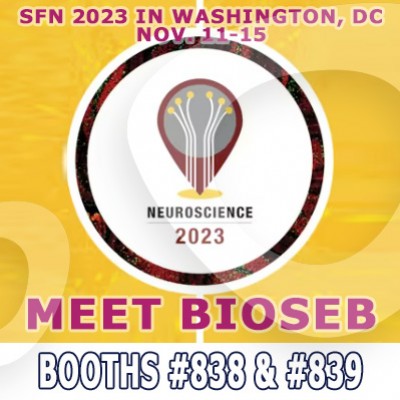Authors
G. Miller, M. Neilan, R. Chia, N. Gheryani, N. Holt et al.
Lab
University of Sheffield, Sheffield, United Kingdom, School of Medicine, Mammalian Genetics of Disease Unit.
Journal
PloS ONE
Abstract
Background: Fibrillins 1 (FBN1) and 2 (FBN2) are components of microfibrils, microfilaments that are present in many connective tissues, either alone or in association with elastin. Marfan's syndrome and congenital contractural arachnodactyly (CCA) result from dominant mutations in the genes FBN1 and FBN2 respectively. Patients with both conditions often present with specific muscle atrophy or weakness, yet this has not been reported in the mouse models. In the case of Fbn1, this is due to perinatal lethality of the homozygous mice making measurements of strength difficult. In the case of Fbn2, four different mutant alleles have been described in the mouse and in all cases syndactyly was reported as the defining phenotypic feature of homozygotes. Methodology/Principal Findings: As part of a large-scale N-ethyl-N-nitrosourea (ENU) mutagenesis screen, we identified a mouse mutant, Mariusz, which exhibited muscle weakness along with hindlimb syndactyly. We identified an amber nonsense mutation in Fbn2 in this mouse mutant. Examination of a previously characterised Fbn2- mutant, Fbn2fp, identified a similar muscle weakness phenotype. The two Fbn2 mutant alleles complement each other confirming that the weakness is the result of a lack of Fbn2 activity. Skeletal muscle from mutants proved to be abnormal with higher than average numbers of fibres with centrally placed nuclei, an indicator that there are some regenerating muscle fibres. Physiological tests indicated that the mutant muscle produces significantly less maximal force, possibly as a result of the muscles being relatively smaller in Mariusz mice. Conclusions: These findings indicate that Fbn2 is involved in integrity of structures required for strength in limb movement. As human patients with mutations in the fibrillin genes FBN1 and FBN2 often present with muscle weakness and atrophy as a symptom, Fbn2- mice will be a useful model for examining this aspect of the disease process further.
BIOSEB Instruments Used:
Grip strength test (BIO-GS3)

 Pain - Thermal Allodynia / Hyperalgesia
Pain - Thermal Allodynia / Hyperalgesia Pain - Spontaneous Pain - Postural Deficit
Pain - Spontaneous Pain - Postural Deficit Pain - Mechanical Allodynia / Hyperalgesia
Pain - Mechanical Allodynia / Hyperalgesia Learning/Memory - Attention - Addiction
Learning/Memory - Attention - Addiction Physiology & Respiratory Research
Physiology & Respiratory Research
 Pain
Pain Metabolism
Metabolism Motor control
Motor control Neurodegeneration
Neurodegeneration Cross-disciplinary subjects
Cross-disciplinary subjects Muscular system
Muscular system General activity
General activity Mood Disorders
Mood Disorders Other disorders
Other disorders Joints
Joints Central Nervous System (CNS)
Central Nervous System (CNS) Sensory system
Sensory system
